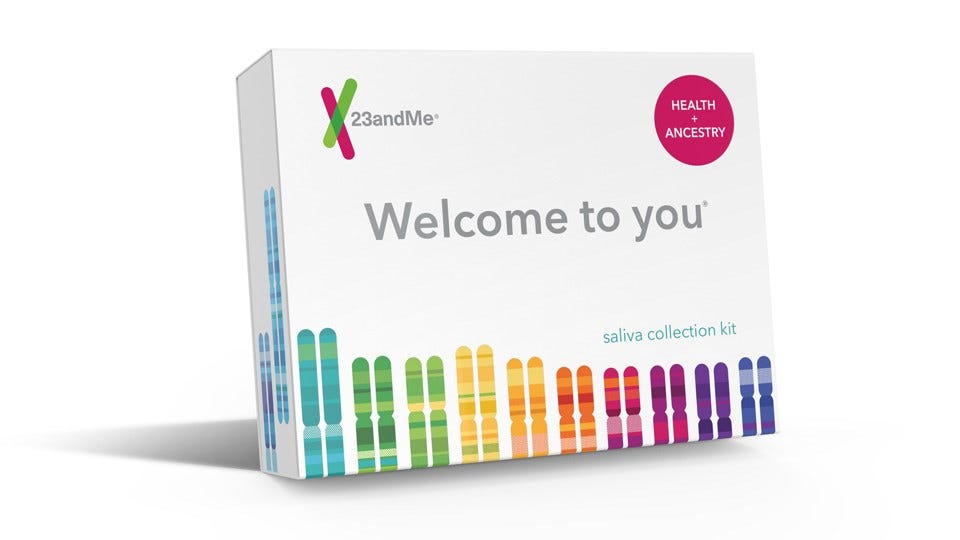Boosted by 23AndMe, IU Skin Cancer Research Largest Yet
 Han says the research database created by genetic testing companies such as 23andMe is "a wonderful resource." (Courtesy: 23andMe)
Han says the research database created by genetic testing companies such as 23andMe is "a wonderful resource." (Courtesy: 23andMe)
Subscriber Benefit
As a subscriber you can listen to articles at work, in the car, or while you work out. Subscribe NowAn Indiana University scientist says his team’s recent study “pushed the envelope” in squamous cell skin cancer research. The work resulted in the discovery of eight new genomic regions that increase a person’s risk for skin cancer, resulting in the most comprehensive list yet of genes that are related to the disease. Also groundbreaking is the study’s sample size, more than one-third of which came from ancestry and genetic service company 23andMe—representing an emerging trend in scientific research.
23andMe customers who send in a cheek swab for their ancestry profile are also invited to participate in scientific research. The California-based company says it’s built “the largest re-contactable research database of genotypic and phenotypic information in the world.” When the information is passed along to the research community, scientists cannot trace the unidentifiable genetic samples to the individual.
“[23andMe] is a great resource for researchers that you couldn’t have even dreamed about 20 years ago,” says Dr. Jiali Han, the study’s co-leader and Rachel Cecile Efroymson professor in cancer research at the IU School of Medicine “[The genetic testing companies] are a wonderful resource and provide a great research database for us to study. In the past, we’d have to write a grant to collect samples and pay for the genotyping. Now, the individual customers pay for it, and the researchers can get the results. Researchers can get something out of it that benefits the whole community—we can make your genetic testing more meaningful. Everybody can contribute. It’s fascinating.”
Combining 23andMe information with other databases, Han’s team gathered the largest sample size to date for squamous cell skin cancer research—about 20,000 cases. The study also included genomic data from the Icelandic Cancer Registry, because “[Icelanders] have fair skin and a high risk of skin cancer, like other Europeans,” says Han.
The study identified eight new loci, which Han describes as locations on the human chromosome, that increase the susceptibility of skin cancer development.
“We know there are more genomic regions that can increase risk of skin cancer. It’s not a single gene disease, it’s a multiple gene disease; we keep adding new regions,” says Han, a researcher at the IU Simon Comprehensive Cancer Center. “We may be able to identify new molecular pathways or mechanisms that can increase the risk of skin cancer development. This better understanding of how skin cancer develops may [lead to] better targets for chemoprevention (using substances to stop cancer from developing) or chemotherapy for skin cancer.”
Scientists had already uncovered 14 loci that indicate increased risk for squamous cell skin cancer. IU’s study adds eight more, bringing the total to 22 loci; the research was recently published online in Nature Communications. The team is continuing the effort; even with IU’s recent discovery, researchers can only account for 8.5% of the heritable risk for squamous cell skin cancer.
“It’s not about the single new gene we identify; it’s about continuing to add genes to the list,” says Han, “so someday, we can build a genetic score based on all the genes we’ve identified to predict which individuals will develop skin cancer in the future.”
Noting “it’s all about sample size,” Han says the next wave of research will include even more samples, adding other groups from around the world, potentially Australia. The most recent study involved an international consortium that reaches from Indiana to Iceland and The Netherlands.
“My group at IU is leading this consortium; that puts IU on the map for skin cancer research,” says Han. “I hope to draw attention; it’s important to the global health risk. With the knowledge we bring in from this international consortium, we can serve Hoosiers better…and have a very good prediction model for skin cancer development. This benefits our local people, and makes IU [respected] for skin cancer research.”
Han says the next study could include other groups from around the world, such as Australia.
Han says IU’s collaboration with researchers around the world puts the team in “a strong position to identify something new.”

